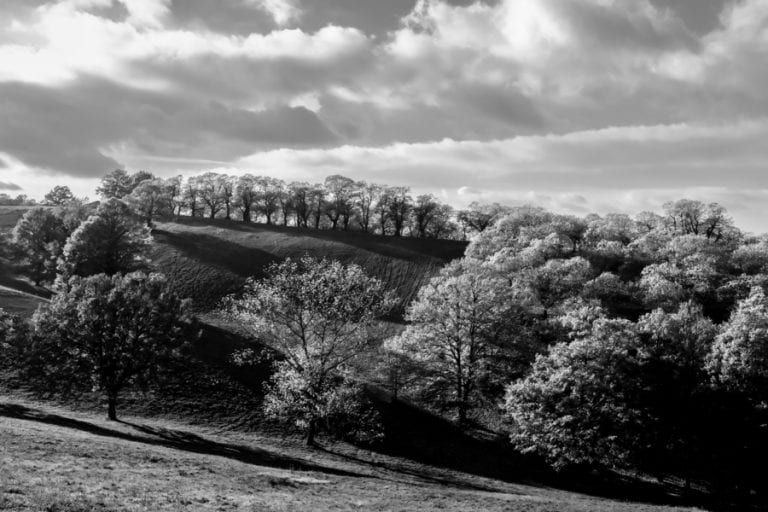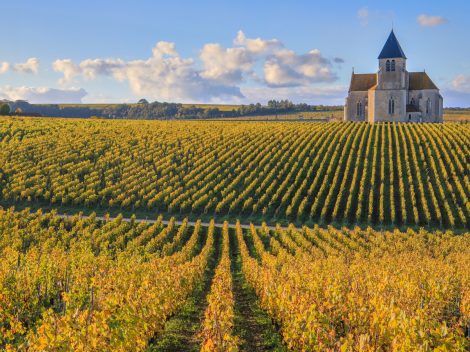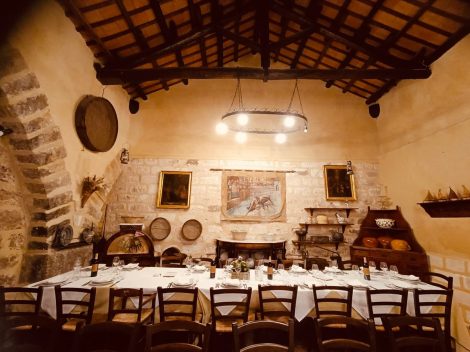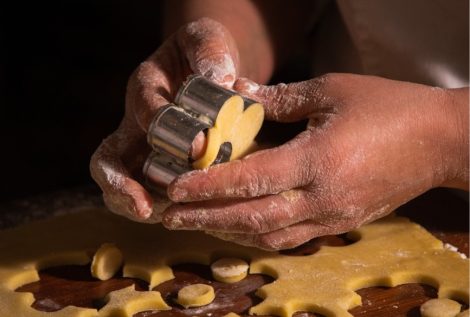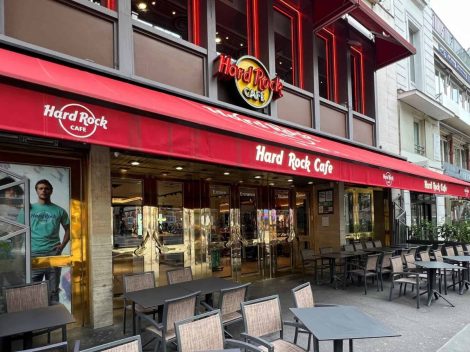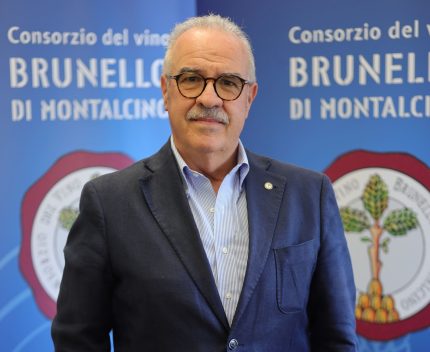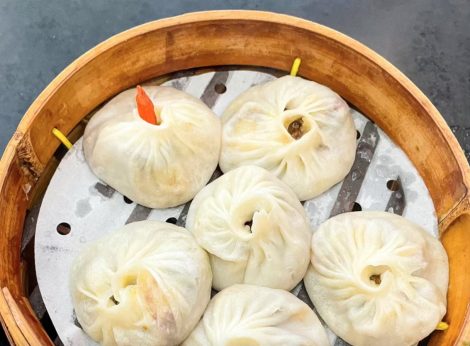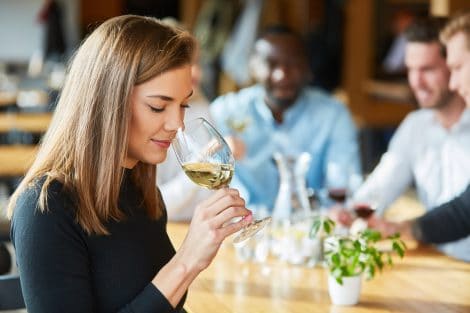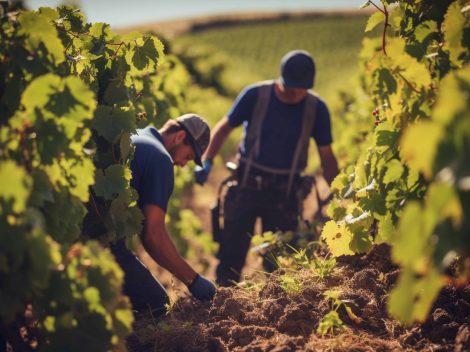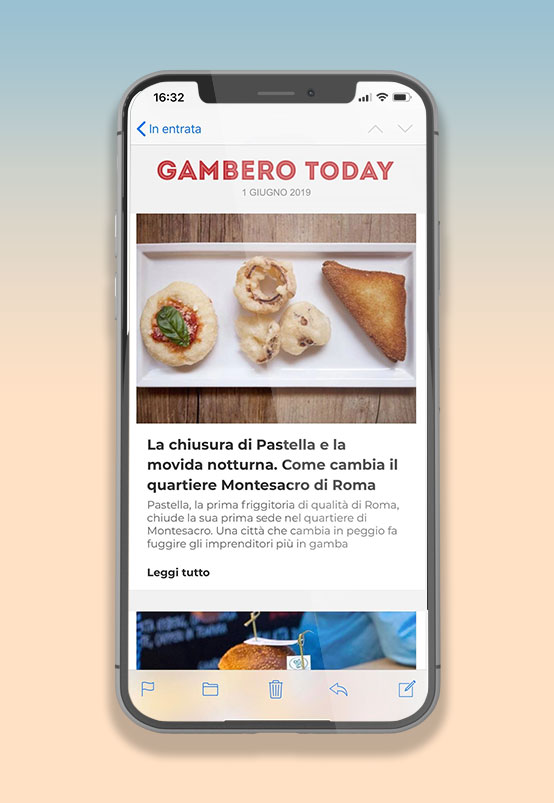Tuscia is the province where ancient Etruscans once thrived. Its food and agricultural production are high quality, yet wild tracts of land remain. A series of young producers are dragging the sleepy territory into modernity while protecting the countryside and its landscapes. But what is Tuscia's gastronomy according to local chefs? We have asked 3 cooks and pastry chefs to describe their territory.
This magical land, rich in everything
I was born and grew up in Rome. My husband is from Forlì. When we began to think about opening a restaurant, Tuscany seemed like the right compromise, but the call of my own countryside pushed me to stay, even if just barely, within the borders of Lazio. In Tuscia, to be precise. At the start, I lived the zone as a challenge. Exploring and getting to know the places and people of this territory, I soon realized that more than a challenge, it was an opportunity.
Tuscia, an unknown for many people, opened up in front of me, with breathtaking landscapes and all sorts of products. It varies from seacoast to lakes, from flatland to hills and plateaus. There’s history and nature. And although all this is already an enormous gift, it was being in contact with the producers and hearing their stories that made me fall in love definitively with this fragment of Italy.
There are many beautiful, historical places in Italy, but Tuscia has all this while staying pristine. On one hand, I realize it could publicize more what it offers (such as extraordinary extra-virgin oil, grand cheeses, products of the earth such as legumes, potatoes, hazelnuts, cured meats, lake fish and the traditional ways of preparing them, and much more), but on the other hand, having remained suspended in time allows constant surprises. Tuscia has welcomed us for 13 years. During this time, day by day I have felt its embrace in its flavors, fragrances and colors. It has helped me mature and transformed my approach to cooking. I added many aromatic herbs, I use freshwater fish and reinterpret traditional dishes. Hazelnuts are now part of my recipes both in pastry and in savory dishes. Garlic takes me to Proceno, lentils to Onano, chickpeas to Valentano – and I could continue kilometer by kilometer to tell about the ingredients that feel like home. And that’s what I try to do in the dishes we offer on our menu.
Iside De Cesare (chef at La Parolina in Acquapendente)
A territory I rediscovered after Paris
After a beautiful, important period of working in Paris, seven years ago I returned to Italy, above all to be nearer my family. It was hard at the beginning. But I have always believed in this zone, and I still do, even though, when you decide to aim for quality, it gets complicated. From the point of view of ingredients, we are very lucky, especially with fruit and vegetables. There is exceptional produce, to say nothing of hazelnuts and extra-virgin olive oil. Even flour and berries are good. When we can, we always use local products, such as honey and ricotta. We manage to buy directly from the producers. Our surroundings give us a lot of satisfaction. After years of work, we have reached the point that our clients always ask if there’s something new and they’re curious. We made a white chocolate puff pastry with Muscovado brown sugar that cost 3.40 euros. Everybody wanted to try it. Perhaps in Piedmont and Veneto there are a slew of more important businesses that permit more sustained quality production. Here quantity counts most even if the trend is changing. What’s missing? Better sharing and exchange of ideas between producers, farmers, breeders and artisans.
Culturally, artistically and scenically, Tuscia is splendid. In Tarquinia, in particular, there’s a very lively cultural life, especially musical. I would never leave here. The recognition of the value of this area still has to grow, especially on the part of those who administer and organize it. We have to learn from places that have consolidated their experiences, such as Alto Adige.
Francesca Castignani (pastry shop La Belle Helene, Tarquinia)
On the plate, the experience of the land
I come from Soriano nel Cimino. After hotel school, I left to see the world, thinking that this area had little to offer me. Later, though, I realized that I wasn’t right. This land has a great deal. I come from a family of true farmers, and I saw over these years how that world has changed. Then, agriculture had its rhythms and its rites. Today, it is all business. It’s not true that if you want a quality product, you have to pay a fortune for it. I have a 35-euro prix fixe menu, but it’s certainly not inferior. Why can’t something good also be for everybody? Food is more and more something that helps you understand people’s character. If you come to Viterbo and you don’t taste the things they eat here, you can’t understand the character of the people. You can’t just opt for steak everywhere. You have to taste dishes such as acquacotta and lombrichelli. Some people say that I took a step backwards. I don’t think that’s so. I want to hold on to a bond with tradition. I want everyone who comes to this part of the country to know it well. My cucina expresses this land. The liquid olive oil raviolo, in a chickpea and chestnut soup traditional in the Cimini mountains, is a dish that comes out of recognizing the value of the land’s ingredients. Extra-virgin olive oil is a pilaster of our diet. My buried potato, cooked in a mushroom broth, another element of this zone, is then reconstructed as if were coming out of the earth, dusted with mushroom powder. A tempura of suckling pig and anchovy gelato fits into the tradition of pig’s feet and pork tendons, as do veal sweetbreads with chestnuts. I don’t like to use products because they’re stylish, such as algae, coriander or ginger.
Danilo Ciavattini (chef at Danilo Ciavattini in Viterbo)

